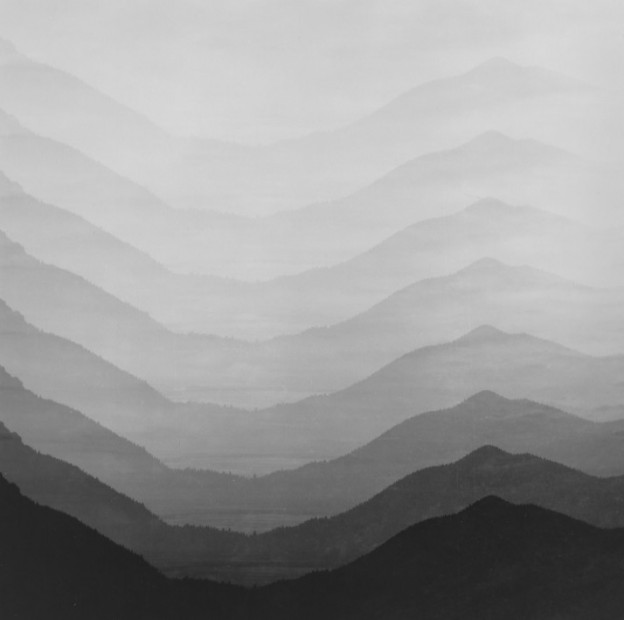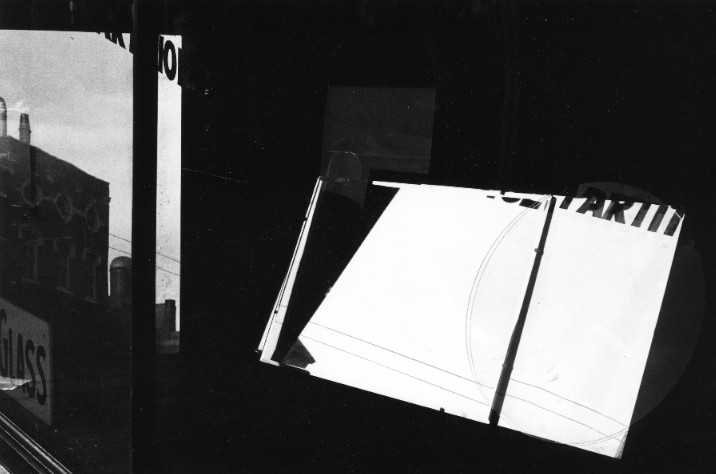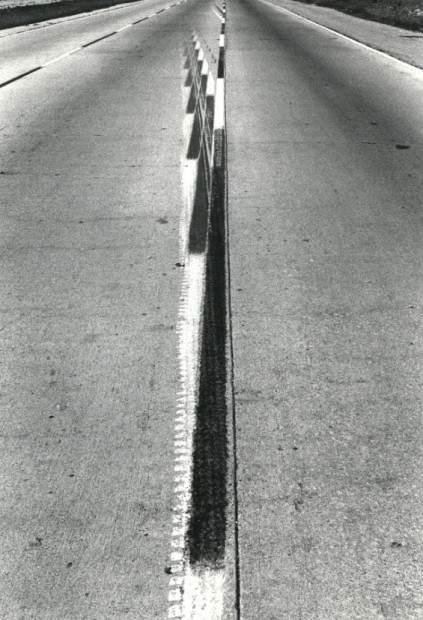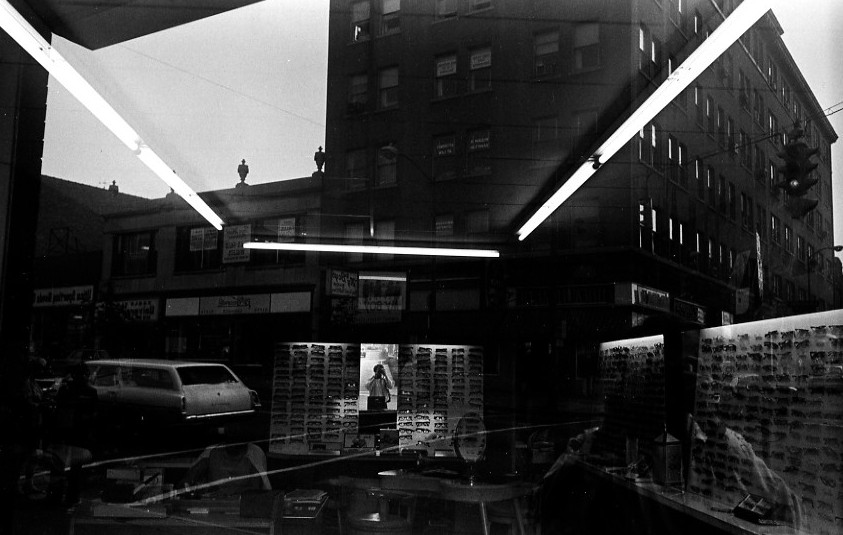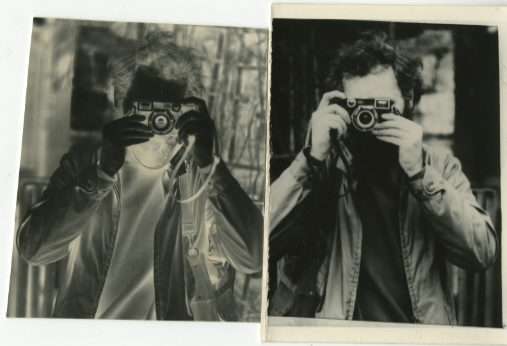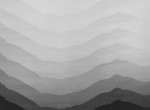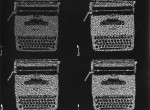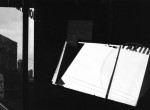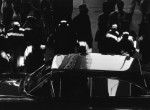-
046.716.3.09
- 046.A1265.3.12
- 046.171.3.06
- 046.679.3.09
- 046.208.3.07
- 046.931.3.09
- 046.701.3.09
- 046.480.3.08
- 046.A1074.3.11
- 046.350.3.08
- 046.181.3.07
- 046.182.3.07
- 046.237.3.07
- 046.A1107.3.11
- 046.696.3.09
- 046.A1094.3.11
- 046.A1096.3.11
- 046.A1095.3.11
- 046.261.3.07
- 046.A1215.3.11
- 046.552.3.08
- 046.061.3.06
- 046.A1500.3.12
- 046.478.3.08
- 046.A1041.3.10
- 046.412.3.08
- 046.482.3.08
- 046.A1508.3.12
- 046.A1076.3.11
- 046.A1272.3.12
- 046.A1743.3.13
- 046.A1520.3.12
- 046.A1521.3.12
- 046.916.3.09
- 046.A1518.3.12
- 046.681.3.09
- 046.A1250.3.12
Been There, Done That: The Early Explorations of Kenneth Josephson
Kenneth Josephson has been a tireless pioneer of conceptual art photography since the late 1950s. He is the product of a rigorous education that began with the inspiration of the visionary Minor White at the Rochester Institute of Technology and culminating with his graduate studies under the renown teaching team of Harry Callahan and Aaron Siskind at the fabled Institute of Design, Chicago. At a time when photography was just beginning to be considered seriously by the art world and the art market, Josephson was working ahead of the curve, busy laying the groundwork for conceptual approaches to the medium that would later subvert many long held notions about the place and purpose of pictorial representation.
Josephson’s early visual experiments ran the gamut of imaginative approaches and were rooted in the highest technical standards of his craft. Before others he employed the conceits of images within images and posed questions such as what is the importance and reality of the photograph itself as a physical object. In addition, Kenneth Josephson imbued his work with a signature sensibility of humor – an application that came naturally and added dimension to the artist’s highly intentioned works. There is no mistaking Kenneth Josephson artworks for those by his other conceptually driven peers and contemporaries, such as Edward Ruscha, John Baldessari and Robert Heinecken, who were content to use photographic material, often incorporated with other media, for the production of their final works. But this appropriation of imagery was peripheral to the notion of the pure photographic process – it was Josephson’s obsession with the inherent and endless possibilities within the medium that makes him unique among them, and positions him as a master
In the words of art writer and critic, A.D. Coleman:
Kenneth Josephson’s photographic works do not reduce well (or at all) to words. In that way, among others, they distinguish themselves from most conceptual photography and photo-based art, which often starts from an articulated or written premise and can equally often find satisfactory summation in words to which the images, uninteresting in and of themselves, serve as mere illustration or demonstration. Concept dictates percept.
Josephson’s work functions otherwise. His images fall somewhere between the visual puns of René Magritte and the elliptical, labyrinthine conundrums of Jorge Luis Borges. He shares with both a spare, stripped-down aesthetic, a fascination with layers and an inclination toward the recursive and self-reflexive. His pictures begin as optical experience, to which he then applies analytical consciousness. What his photography exemplifies one might define as visual thought, in which percept embodies concept.
*Excerpt from introduction of Kenneth Josephson: The First Fifty Years (Chicago, 2008, Stephen Daiter Gallery)
Exhibition Date
September 6th - November 30thReception Time
September 6th, 2013; 5-8pm- Kenneth Josephson
Represented Artists
- Default text value
